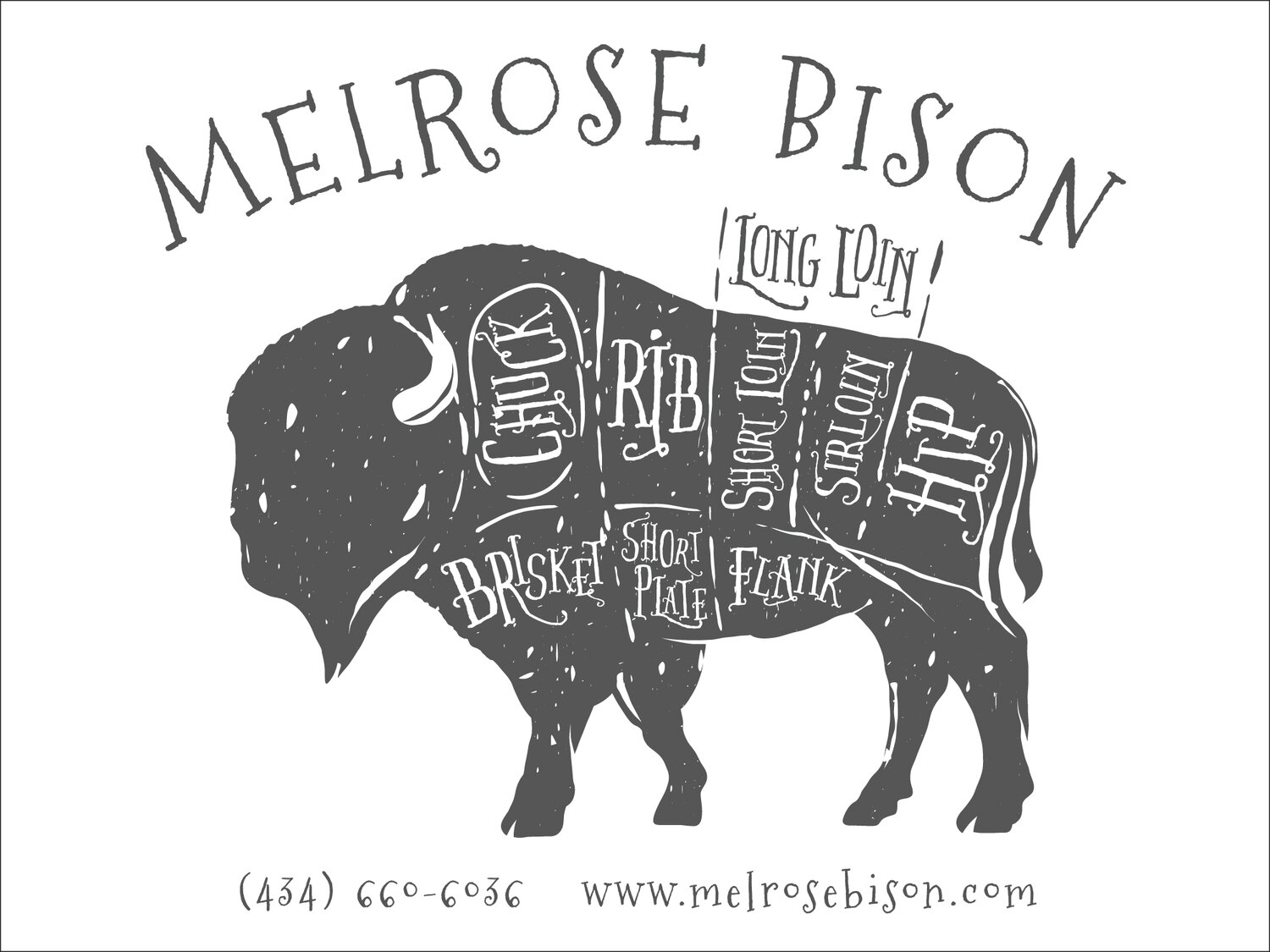
Taste
People are rapidly discovering the deliciously healthy taste of bison / buffalo. Buffalo meat tastes similar to fine beef, with just a slightly sweeter and richer flavor. Bison is naturally flavorful and tender and can be prepared much the same as beef. Publications ranging from Bon Apetit to Sunset magazines are heralding bison as the meat of the future.
Value
Bison falls into the gourmet or specialty meat category at your supermarket or meat market. Click here to find a local retailer. The value of buffalo is not what you pay, but what you get in return. Nutritionally you are getting more protein and nutrients with fewer calories and less fat. Buffalo is a dense meat that tends to satisfy you more while eating less.
Health
Bison are handled as little as possible. They spend their lives on grass, much as they always have. We do not use feedlots. They are not subjected to questionable drugs, chemicals or hormones. The members of the NBA feel so strongly about this that they have a resolution opposing the use of these substances in the production of Bison for meat.
Research by Dr. M. Marchello at North Dakota State University has shown that the meat from Bison is a highly nutrient dense food because of the proportion of protein, fat, mineral, and fatty acids to its caloric value. Comparisons to other meat sources have also shown that Bison has a greater concentration of iron as well as some of the essential fatty acids necessary for human well being. Readers’ Digest magazine has even listed bison as one of the five foods women should eat because of the high iron content.
Industry Data & Statistics
198,234: Number of bison in the United States residing on private ranches and farms according to the 2007 USDA census.
4,499: Number of private U.S. ranches and farms raising bison.
220,000: Approximate bison herd size in Canada.
20,000: Approximate number of bison roaming on public lands in the U.S. and Canada.
450,000: Estimated herd size in North America today.
30 – 70 Million: Estimated North American herd size prior to 1600.
Less than 1,000: Estimated number of bison prior to 1900 before efforts were made to preserve and restore the species.
70,000: Number of bison slaughtered under federal and state inspection in 2008 in the U.S. This number is more than double the processing figures from 2002.
270-285: gestation period in days for a bison cow.
40-50 pounds: approximate weight of a new born calf.
20 years: average reproductive life span of the average bison cow.
18-30 months: age of a mature meat animal.
2.42: grams of fat in a 100 gram serving of cooked bison.
10.15: grams of fat in a 100 gram serving of cooked beef.
No growth hormones, no low-level antibiotics, No animal by-products are ever fed to our bison

